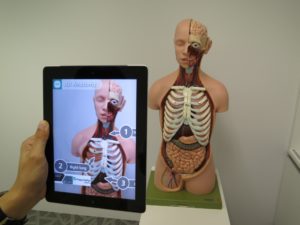The VE Design team is hosting a series of think tanks to explore the future of VET and ensure that our designing is based on current evidence and ideas.
The first gathering in our series was held on 9 May and focused on the use of augmented and virtual reality (AR/VR) in VET. The question we put forward was “How will VR/AR impact and be used in VET, industry and skills training in the future?”
Six experts from various organisations joined us:
- Pauline Farrell – Pearson
- Brenden Carter – The Learning Hook
- Scott Wallace – Box Hill Institute
- Nathan Beattie – Virtualex
- Ben Loveridge – Melbourne University
- Cassie De Colling – A Common Thread
Each panellist shared their experiences which included the use of AR in construction; the use of VR to bring people with spinal cord injuries together; VR film making; and the changing landscape of work and its effects on training.
Lively discussion followed. We explored the potential to use AR/VR for assessment to simulate tasks that would otherwise be costly, high risk, or require additional participants to test. In the aged care sector, for instance, AR/VR could be used to assess a student’s skills and knowledge relating to task of the showering or toileting residents.
We explored the use of VR to take the learner on a more personal journey through strong narrative to build soft skills such as empathy. Several examples were offered by the panellists on how this could be implemented into the student experience.
Also discussed was the technology itself and which of the two we should focus on. The panel’s consensus was that these technologies are merging and the future will be based on mixed reality.
The final topic discussed was the need for teacher-training in these new technologies; and ensuring students’ digital literacy skills meet workplace expectations.